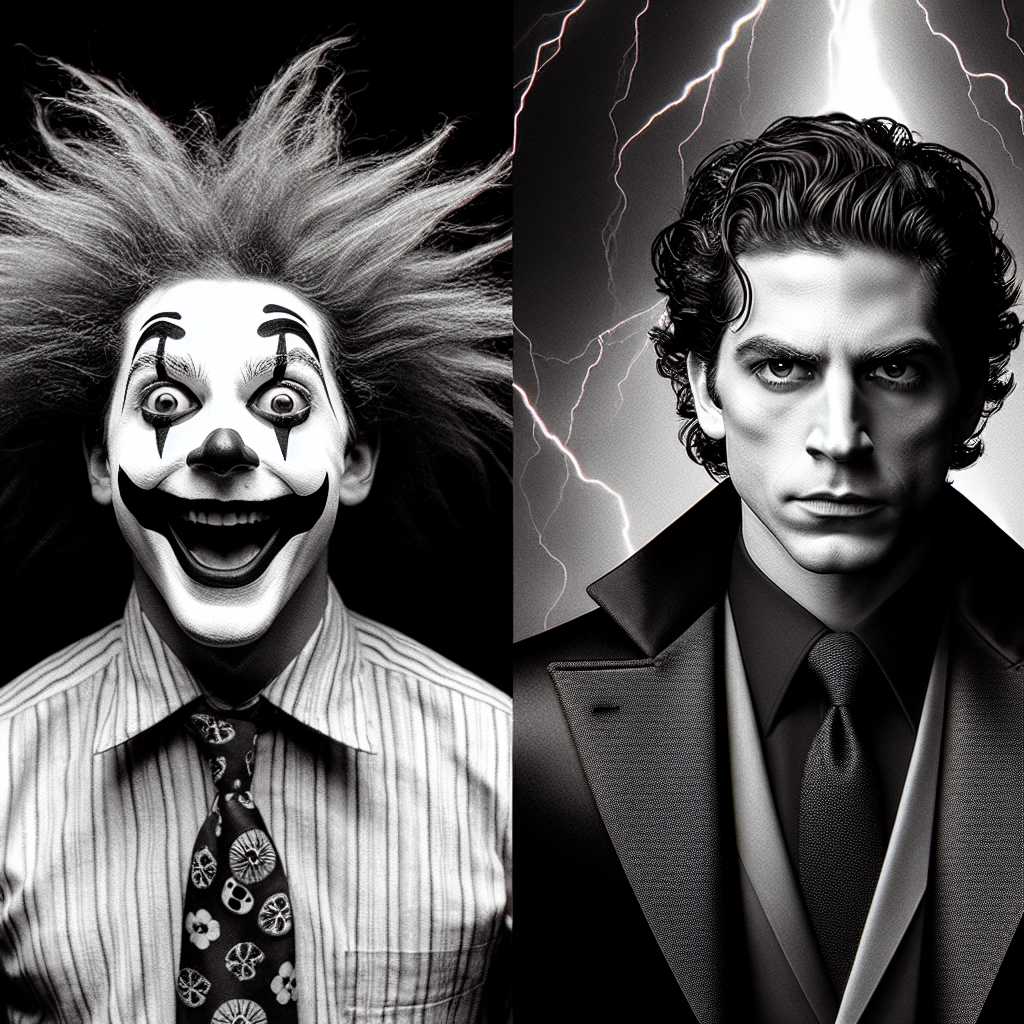The Enduring Career of Michael Keaton: Legacy, Roles, and Cultural Impact
Michael Keaton is an actor with a unique position in Hollywood history. Known for his early comedy films and later for playing more dramatic roles, including the iconic character of Batman in the 1989 Tim Burton film and its sequel, Keaton’s career has showcased the actor’s broad range and adaptability within the film industry.
Early Life and Career Beginnings
Born Michael John Douglas on September 5, 1951, in Coraopolis, Pennsylvania, Michael Keaton grew up as the youngest of seven children. He first pursued a career in television working as a cameraman at a Pittsburgh public television station, which later motivated him to move ahead to pursue acting.
Keaton then moved to Los Angeles to try his luck as an actor, getting some small roles in TV shows. Keaton also juggled between stand-up comedy routines before hitting his stride in Hollywood.
Breakthrough Clubs to Stardom
Michael Keaton first got his breakthrough in comedy clubs, where his unique brand of comedic timing and willingness to take on edgy roles stood out amongst his peers. He started catching attention with guest appearances. It wasn’t long until he bagged his debut film role in “Night Shift” (1982), where he starred alongside Henry Winkler.
This role brought Michael Keaton into prominence and opened the doors to other significant roles in films like “Mr. Mom” (1983) and “Beetlejuice” (1988). “Beetlejuice,” directed by Tim Burton, proved to be particularly important for Keaton’s further steps into superstardom as it cemented his expert handling of eccentric roles.
Becoming Batman and Redefining a Genre
One particular role both diversified his filmography massively and created considerable controversy at its announcement: Bruce Wayne (Batman) in Tim Burton’s “Batman” (1989). Initially faced with skepticism due to being primarily known for comedy, Keaton’s portrayal proved to be ideal for Burton’s darker take on the superhero genre. His performance as the Caped Crusader In “Batman” led to “Batman Returns” (1992), solidifying Keaton’s place as a flexible actor.
His portrayal of Batman paved the way for other non-traditional casting choices in superhero movies and significantly impacted this genre by proving that deeper, more complex rendering of comic book heroes can resonate with audiences and critics alike.
Turn Towards Drama
*
From the high-camp aesthetics of Batman but with an ability to oscillate between vastly different characters, Michael Keaton turned towards dramas and thrillers in the 1990s and 2000s. Although less consistent at the box office during this time, he featured prominently in films such as “Pacific Heights” (1990), “My Life” (1993), and “The Paper” (1994).
Furthermore, his performance as a Washington Post journalist in “Live from Baghdad” (2002) was hailed for its intensity. Notably, this period was also characterized by some respite from front-line cinema roles as he explored other avenues including voice acting and directorial ventures.
A Resurgent Star: Awards Season Recognition In recent years, Michael Keaton made a comeback that has reminded critics and audiences alike of his potent abilities as a leading man. With an acclaimed lead performance in “Birdman or (The Unexpected Virtue of Ignorance)” (2014), he portrayed Riggan Thomson — a washed-up actor once known for portraying an iconic superhero seeking artistic redemption through Broadway theatre. This film won several Academy Awards, including Best Picture; Keaton himself was nominated for Best Actor.
The string of notable films continued with well-received performances like Ray Kroc in “The Founder” (2016) showing that no matter the decade, Keaton can reinvent himself to fit both the role and times.
Continued Influence in Film and Television
Keaton’s work covers various genres demonstrating an adept ability to shift tone seamlessly. He even returned to his superhero roots with roles in “Spider-Man: Homecoming” (2017), effectively transitioning into Marvel’s Cinematic Universe.
His presence in miniseries such as “The Trial of Chicago 7” further highlights Michael Keaton’s sustained ability to command attention on both big and small screens.
Notes
Image description: A collage of two contrasting images illustrating Michael Keaton’s versatility: one showing him in a comedic role in “Beetlejuice” with his wild hair and painted white face featuring dark circles around his eyes mimicking ghostly attire, and the second portraying a stern-faced Keaton dressed as Bruce Wayne/Batman garbed in a sleek black batsuit set against a dark gothic background underscoring the duality of an actor who successfully transitioned from comedic acclaim to becoming an iconic superhero actor.

